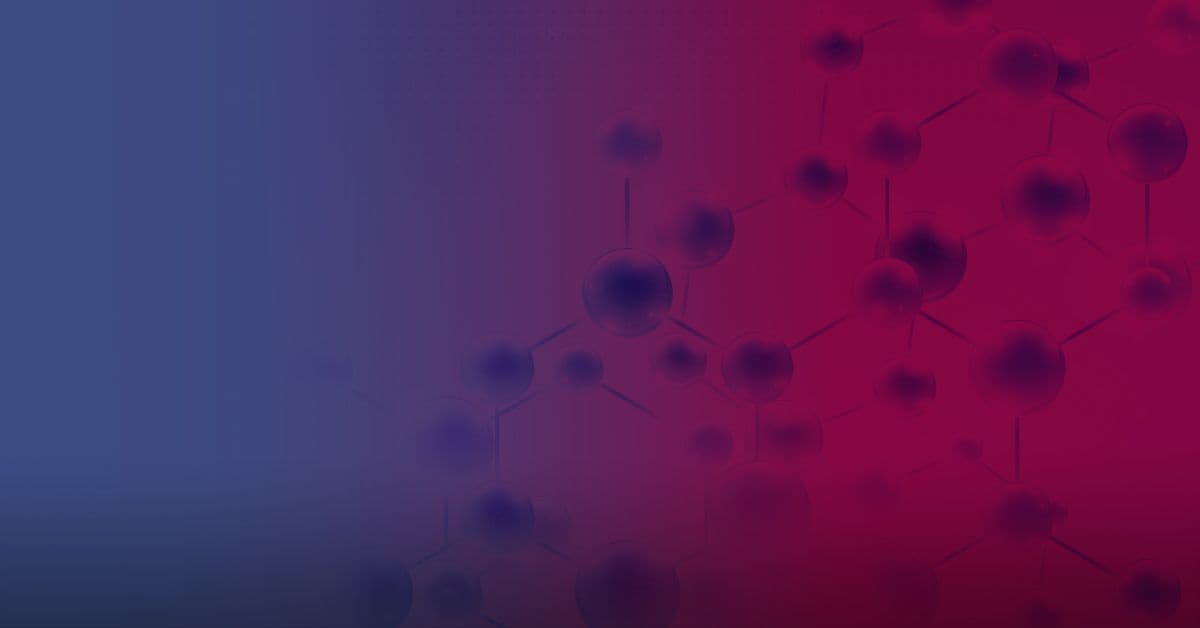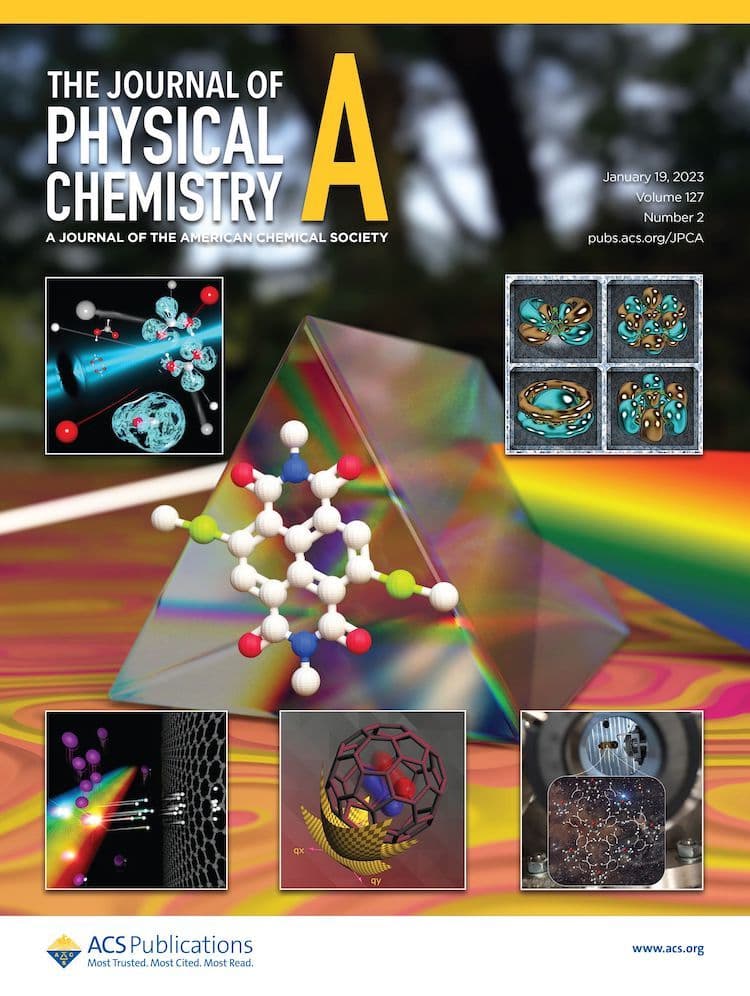Learn more about the winners and what inspires their research in this series of interviews.

The recipients of 2021 The Journal of Physical Chemistry (JPC) and PHYS Division Lectureship Awards are:
- Christopher J. Johnson, Assistant Professor, Department of Chemistry, Stony Brook University
- Diwakar Shukla, Blue Waters Assistant Professor, Department of Chemical and Biomolecular Engineering, University of Illinois at Urbana-Champaign
- Emilie Ringe, University Lecturer, Department of Earth Sciences & Department of Materials Science and Metallurgy, University of Cambridge
I spoke with the recipients to find out what the award means to them.
Christopher J. Johnson – JPC A Recipient
What does this award mean to you?
I am lucky to have great mentors and to mentor great undergraduates, grad students, and postdocs. An award like this recognizes all of their efforts, particularly those brave enough to volunteer to work for an unproven new professor with an empty lab!
What are you working on now?
A major thrust of our work is trying to merge molecular-scale and particle-scale descriptions of the chemistry happening at the surface of particles, whether these are metal nanocluster catalysts or few-nanometer-sized atmospheric clusters. In both cases, the complexity of the particle side of the problem makes it difficult to disentangle the molecular mechanisms driving reactivity or growth. We adapt precise chemical physics techniques to isolate these particle-molecule complexes and perform relatively high precision spectroscopy and reactivity measurements, and then we have to figure out how to deal with the complexity of the results and actually figure out what they mean.
What advances are you hoping to see in your field in the next decade?
Gas phase chemical physics techniques offer the opportunity to gain detailed insights into complex chemical systems beyond what you routinely see using more traditional experimental methods, but they are limited in the chemical complexity they can address. I am hoping to see, and contribute to, continuing efforts to expand the suite of methods we have to faithfully capture complex chemical systems and deliberately manipulate them into their relevant states and configurations to solve problems across a range of chemical disciplines.
Why do you choose to publish your research with The Journal of Physical Chemistry?
I have fond memories of my first paper ever and my first paper in my independent career being published in JPC Letters! JPC has great editors who get what we are trying to do, so I trust them to handle our papers and help us to improve and disseminate them.
Connect on Twitter: @cold_trappers
Explore articles published by Christopher J. Johnson in ACS Publications journals here.
***
Diwakar Shukla – JPC B Recipient
What does this award mean to you?
It is a special honor for me because The Journal of Physical Chemistry has been my preferred place for publishing fundamental, mechanistic, and methodological papers. The award not only recognizes my efforts but also contributions from numerous co-authors over the years especially students, mentors, and collaborators.
What are you working on now?
One of the key areas of research in my group is at the interface of physical chemistry and plant biology. In particular, my research group has focused on the development and application of physics-based simulation approaches for problems at the interface of biophysical chemistry and plant sciences that would provide detailed structural and dynamical information about the molecular machinery in plants. Despite the broad utility of biophysical modeling and increased use of computational tools within the field of plant biology, there has thus far been limited application of molecular modeling beyond photosynthesis research. Out of ∼52 million protein sequences that are available on the UniProt database, only ~200,000 (< 0.5%) have structures deposited in Protein Data Bank, and only ∼4,000 (2%) of these structures are of plant proteins. Therefore, my research group is developing methods to overcome this challenge and understand sequence-structure-function relationship for plant proteins.
What advances are you hoping to see in your field in the next decade?
The key advance would be availability of tools that could help in rapid structural characterization of protein conformational ensemble. These tools could employ a combination of experimental spectroscopic techniques, artificial intelligence, molecular simulations to infer structure-function relationship for proteins.
Why do you choose to publish your research with The Journal of Physical Chemistry?
I would quote Professor Joan-Emma Shea (J. Phys. Chem. B 2020, 124, 2, 313), “The answer is simple. JPC is our home, our community, where we can come together and exchange ideas.” The journal and my research are focused on publishing new fundamental science, physical insights, methodologies, and their application to interesting scientific problems. The core focus of the journal and my research group is same, and that is why we have published many papers in the journal.
Connect on Twitter: @diwakarshukla, @shuklagroup, @ChBE_Illinois
Explore articles published by Diwakar Shukla in ACS Publications journals here.
***
Emilie Ringe – JPC C Recipient
What does this award mean to you?
It is a great honor to be recognized by this community of fellow physical chemists for the work my group has achieved through the years. The Journal of Physical Chemistry C has been instrumental to my career at all stages, from my first first-author paper in 2010 to my first last-author paper at Rice University in 2016 and the first paper of my new group in Cambridge in 2019.
What are you working on now?
My group works on many projects, but I would say one of the unifying themes is our interest in abundant metals such as magnesium for plasmonics. We started exploring colloidal syntheses of magnesium nanoparticles for plasmonics over three years ago, and along the way many exciting discoveries, stimulating opportunities and puzzling challenges have emerged. We are now rapidly expanding both fundamentals and applications of nanosystems based on these structures.
What advances are you hoping to see in your field in the next decade?
Many surprising ones, I hope! In plasmonics in general, I believe it is time to consider sunlight-driven processes. The last decades have seen plasmonics develop as a powerful tool to manipulate light at the nanoscale, why not couple this with the infinite light supply provided by the sun?
Why do you choose to publish your research with The Journal of Physical Chemistry?
Explore articles published by Emilie Ringe in ACS Publications journals here.
***
Over the last 125 years the editorial team of The Journal of Physical Chemistry has played a pivotal role in the ever-changing landscape of physical chemistry research. Visit a digital timeline exploring The Journal of Physical Chemistry’s history and discover how the journal, its editors, authors, reviewers, and readers have helped to define and shape the physical chemistry field.
